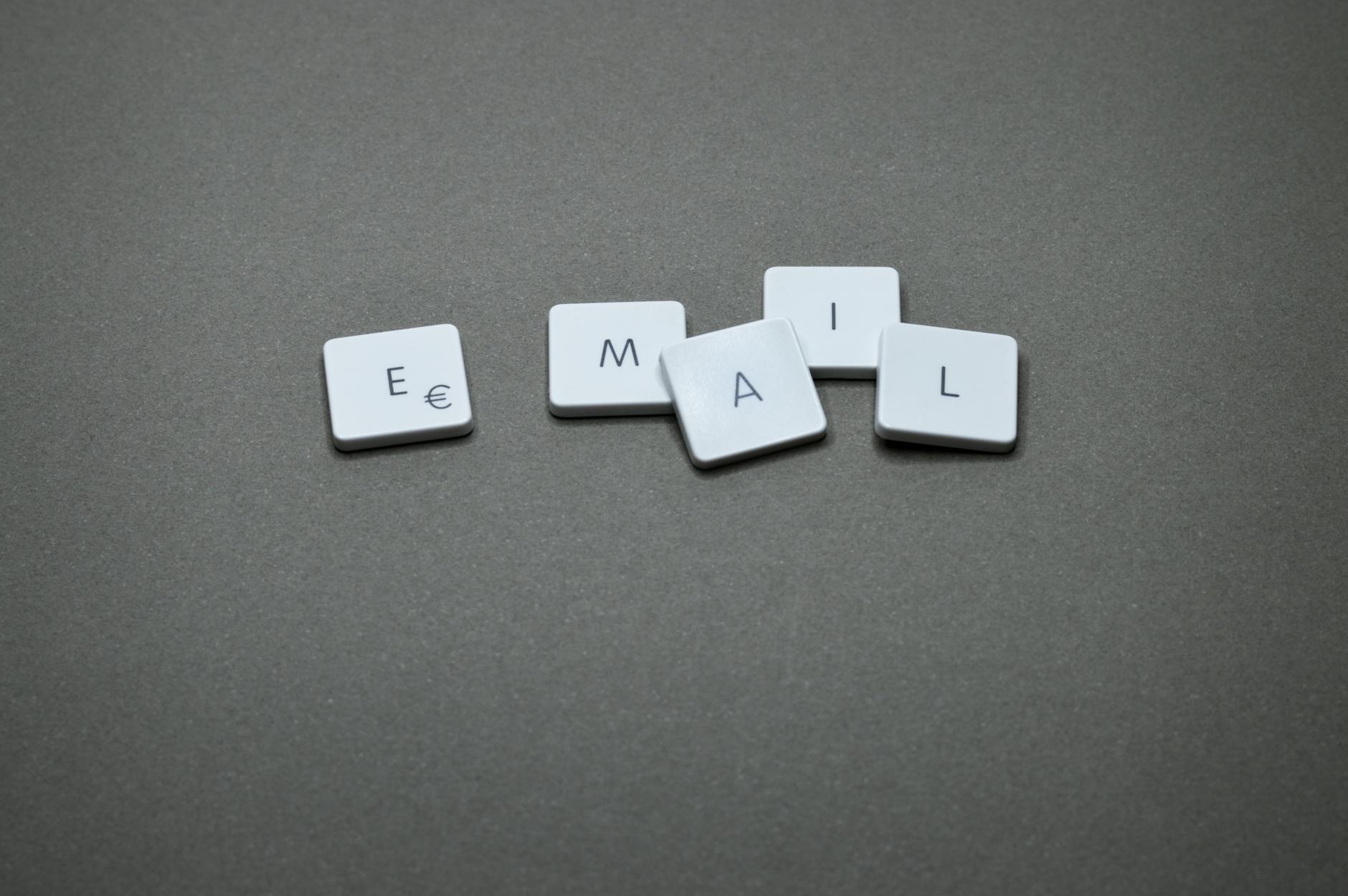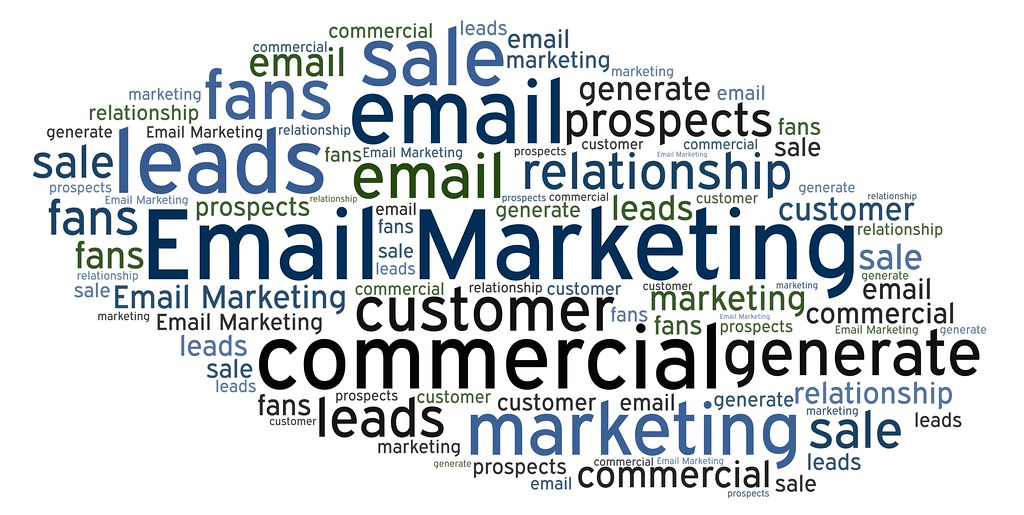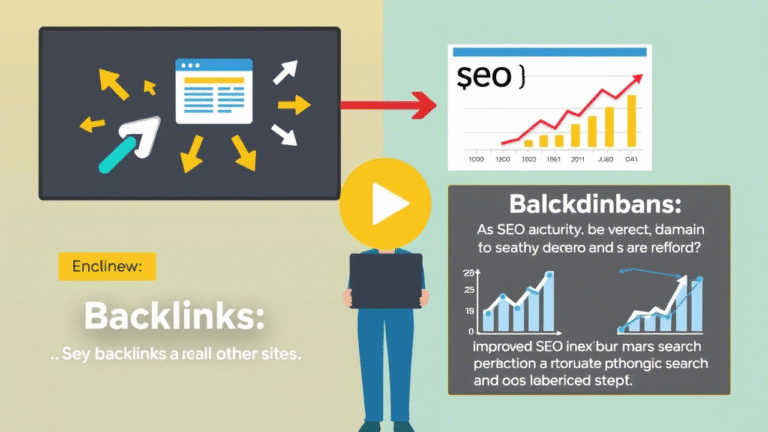What is Email Marketing and How Can It Benefit Your Business ?
Imagine unlocking a powerful marketing tool that can skyrocket your business growth, all at the click of a button. 📩✨ That’s the promise of email marketing, a strategy that’s been quietly revolutionizing the way businesses connect with their audience.
In today’s digital age, where inboxes are as personal as phone numbers, email marketing offers a direct line to your customers’ attention. But here’s the catch: with great power comes great responsibility. Many businesses struggle to harness the full potential of email marketing, often drowning in a sea of unopened messages and unsubscribed contacts. 😓
So, what separates successful email campaigns from those that fall flat? How can you ensure your messages not only reach your audience but also resonate with them? In this comprehensive guide, we’ll dive deep into the world of email marketing, exploring its benefits, best practices, and the secrets to crafting campaigns that convert. From building a robust email list to mastering automation and measuring your success, we’ll cover everything you need to know to transform your email strategy into a business-boosting powerhouse. 🚀

Understanding Email Marketing
Definition and Key Components
Email marketing is a powerful digital strategy that involves sending targeted messages to a group of recipients via email. At its core, email marketing consists of three key components:
-
Sender: The business or organization sending the email
-
Message: The content of the email, including text, images, and calls-to-action
-
Recipient: The audience receiving the email, typically subscribers or customers
Types of Email Marketing Campaigns
Email marketing campaigns come in various forms, each serving a specific purpose:
| Campaign Type | Purpose |
|---|---|
| Newsletter | Share company news and updates |
| Promotional | Advertise products or services |
| Welcome | Onboard new subscribers |
| Abandoned Cart | Remind customers of items left in cart |
| Re-engagement | Reactivate inactive subscribers |
Importance in Digital Marketing Strategy
Email marketing plays a crucial role in a comprehensive digital marketing strategy for several reasons:
-
Direct communication: Allows businesses to reach customers directly in their inbox
-
Cost-effective: Offers high ROI compared to other marketing channels
-
Personalization: Enables tailored messaging based on customer data
-
Measurable results: Provides detailed analytics for campaign optimization
-
Brand awareness: Keeps your business top-of-mind with regular touchpoints
By leveraging email marketing effectively, businesses can nurture leads, drive conversions, and build lasting relationships with their audience. As we explore the benefits of email marketing in the next section, you’ll gain a deeper understanding of its potential impact on your business growth.
Benefits of Email Marketing for Businesses

Benefits of Email Marketing for Businesses
Email marketing offers numerous advantages for businesses of all sizes. Let’s explore the key benefits that make it an indispensable tool in your marketing arsenal.
A. Cost-effective marketing solution
Email marketing stands out as one of the most budget-friendly marketing strategies available. Unlike traditional advertising methods, it requires minimal investment while delivering impressive results.
B. High return on investment (ROI)
The ROI of email marketing is unparalleled. For every dollar spent, businesses can expect an average return of $42, making it one of the most lucrative marketing channels.
| Marketing Channel | Average ROI |
|---|---|
| Email Marketing | $42 |
| Social Media | $28 |
| Direct Mail | $27 |
C. Increased brand awareness
Regular email communication helps keep your brand at the forefront of customers’ minds. By consistently delivering valuable content, you reinforce brand recognition and loyalty.
D. Direct communication with target audience
Email marketing allows you to:
-
Personalize messages
-
Segment your audience
-
Deliver targeted content
-
Foster one-on-one relationships
E. Measurable results and analytics
With email marketing, you can track:
-
Open rates
-
Click-through rates
-
Conversion rates
-
Revenue generated
These metrics provide valuable insights into campaign performance and audience behavior, enabling data-driven decision-making.
Now that we’ve explored the benefits of email marketing, let’s delve into the crucial process of building an effective email list to maximize these advantages.
Building an Effective Email List

Building an Effective Email List
Now that we understand the benefits of email marketing, let’s explore how to build an effective email list that will drive your marketing efforts forward.
Opt-in Strategies
Implementing strong opt-in strategies is crucial for building a high-quality email list. Consider using:
-
Double opt-in process
-
Website pop-ups
-
Social media sign-up forms
-
In-store sign-up sheets
Lead Magnets and Incentives
Offering valuable lead magnets can significantly boost your list growth. Here are some effective options:
-
Free e-books or whitepapers
-
Exclusive discounts or promo codes
-
Free trials or demos
-
Webinars or online workshops
List Segmentation Techniques
Segmenting your email list allows for more targeted and personalized communication. Consider segmenting based on:
| Criteria | Examples |
|---|---|
| Demographics | Age, gender, location |
| Behavior | Purchase history, website activity |
| Preferences | Product categories, content topics |
| Engagement level | Open rates, click-through rates |
Maintaining List Hygiene
Regular list maintenance is essential for optimal performance. Implement these practices:
-
Remove inactive subscribers
-
Update subscriber information
-
Re-engage dormant contacts
-
Remove bounced email addresses
By focusing on these key areas, you’ll build a robust and engaged email list that forms the foundation of your email marketing strategy. Next, we’ll delve into crafting compelling email content that resonates with your newly built audience.
Crafting Compelling Email Content

Crafting Compelling Email Content
Now that you have built your email list, it’s time to focus on creating content that resonates with your audience. Crafting compelling email content is crucial for engaging your subscribers and achieving your marketing goals.
A. Subject Line Best Practices
Your subject line is the first thing recipients see, making it critical for improving open rates. Here are some best practices:
-
Keep it concise (30-50 characters)
-
Create urgency or curiosity
-
Use personalization when possible
-
Avoid spam trigger words
| Do | Don’t |
|---|---|
| “Limited time offer: 50% off” | “BUY NOW!!! HUGE SAVINGS!!!” |
| “John, your exclusive invite inside” | “Important information enclosed” |
| “5 tips to boost your productivity” | “Newsletter #37” |
B. Personalization and Targeting
Personalized emails perform better than generic ones. Consider these strategies:
-
Segment your list based on demographics or behavior
-
Use the recipient’s name in the greeting
-
Tailor content to the recipient’s interests or past interactions
C. Clear Call-to-Action (CTA)
Every email should have a clear purpose and a corresponding CTA. Tips for effective CTAs:
-
Use action-oriented language
-
Make the CTA button stand out visually
-
Limit to one primary CTA per email
D. Mobile-Friendly Design
With over 50% of emails opened on mobile devices, mobile-friendly design is essential:
-
Use a responsive email template
-
Keep the layout simple and easy to scroll
-
Use larger fonts and buttons for easy tapping
By implementing these strategies, you’ll create emails that not only get opened but also drive engagement and conversions. Next, we’ll explore how to streamline your email marketing efforts through automation.
Email Marketing Automation

Email marketing automation is a game-changer for businesses looking to streamline their communication efforts and maximize customer engagement. By leveraging automated processes, companies can deliver timely, personalized messages to their audience without manual intervention.
Triggered Emails and Drip Campaigns
Triggered emails and drip campaigns form the backbone of email marketing automation. These tools allow businesses to send targeted messages based on specific user actions or predefined schedules.
| Type | Description | Benefits |
|---|---|---|
| Triggered Emails | Sent in response to user actions | Timely, relevant communication |
| Drip Campaigns | Series of pre-written emails sent over time | Nurture leads, build relationships |
Welcome Series and Onboarding
A well-crafted welcome series sets the tone for your relationship with new subscribers or customers. Automated onboarding emails help users get acquainted with your product or service, increasing the likelihood of long-term engagement.
Abandoned Cart Recovery
One of the most powerful applications of email marketing automation is abandoned cart recovery. These automated emails remind customers of items left in their shopping carts, often including incentives to complete the purchase.
Re-engagement Campaigns
For subscribers who have become inactive, re-engagement campaigns can reignite interest in your brand. These automated emails typically include:
-
Personalized content based on past interactions
-
Special offers or promotions
-
Updates on new products or features
-
Surveys to gather feedback
By implementing these automation strategies, businesses can significantly improve their email marketing efficiency and effectiveness. Next, we’ll explore how to measure the success of your email marketing efforts to ensure your automation strategies are delivering the desired results.
Measuring Email Marketing Success

Now that you’ve implemented your email marketing strategy, it’s crucial to measure its effectiveness. By analyzing key metrics and continuously optimizing your campaigns, you can maximize your return on investment and drive better results for your business.
Key Performance Indicators (KPIs)
To gauge the success of your email marketing efforts, focus on these essential KPIs:
-
Open Rate
-
Click-Through Rate (CTR)
-
Conversion Rate
-
Bounce Rate
-
Unsubscribe Rate
| KPI | Description | Industry Average |
|---|---|---|
| Open Rate | Percentage of recipients who open your email | 15-25% |
| Click-Through Rate | Percentage of recipients who click on links in your email | 2-5% |
| Conversion Rate | Percentage of recipients who complete a desired action | 1-5% |
| Bounce Rate | Percentage of emails that couldn’t be delivered | <2% |
| Unsubscribe Rate | Percentage of recipients who opt out of your email list | <0.5% |
A/B Testing for Optimization
A/B testing, also known as split testing, is a powerful method to improve your email campaigns. By comparing two versions of an email, you can determine which performs better. Elements to test include:
-
Subject lines
-
Email content
-
Call-to-action buttons
-
Send times
-
Personalization techniques
Analytics Tools and Reporting
Utilize robust analytics tools to track and analyze your email marketing performance. Popular options include:
-
Google Analytics
-
Mailchimp
-
Constant Contact
-
HubSpot
These tools provide comprehensive reports on your KPIs, audience behavior, and campaign performance. Regularly review these insights to identify trends, areas for improvement, and opportunities for growth.
By consistently measuring and optimizing your email marketing efforts, you’ll be well-equipped to refine your strategy and achieve better results over time. Next, we’ll explore the legal considerations and best practices to ensure your email marketing campaigns comply with regulations and industry standards.
Legal Considerations and Best Practices

Legal Considerations and Best Practices
As email marketing continues to evolve, it’s crucial for businesses to stay informed about legal requirements and industry best practices. This ensures not only compliance but also builds trust with your audience.
GDPR and CAN-SPAM Act compliance
Email marketers must adhere to two primary regulations:
-
General Data Protection Regulation (GDPR)
-
Controlling the Assault of Non-Solicited Pornography and Marketing (CAN-SPAM) Act
| Regulation | Key Requirements |
|---|---|
| GDPR | – Explicit consent<br>- Right to be forgotten<br>- Data portability |
| CAN-SPAM | – Clear sender information<br>- Honest subject lines<br>- Opt-out option |
Privacy policies and data protection
To protect your subscribers’ data:
-
Implement robust data security measures
-
Regularly update your privacy policy
-
Be transparent about data collection and usage
Ethical email marketing practices
Follow these best practices for ethical email marketing:
-
Never buy email lists
-
Use double opt-in for subscriptions
-
Provide value in every email
-
Respect unsubscribe requests promptly
By adhering to these legal considerations and best practices, you’ll not only avoid potential legal issues but also build a positive reputation for your brand. This approach fosters trust and loyalty among your subscribers, ultimately leading to more successful email marketing campaigns.

As you embark on your email marketing journey, remember to prioritize audience segmentation, personalization, and continuous optimization based on performance metrics. Stay compliant with legal regulations and industry best practices to maintain trust with your subscribers. With dedication and strategic implementation, email marketing can become a cornerstone of your overall marketing efforts, delivering substantial returns on investment and fostering long-term customer relationships.






